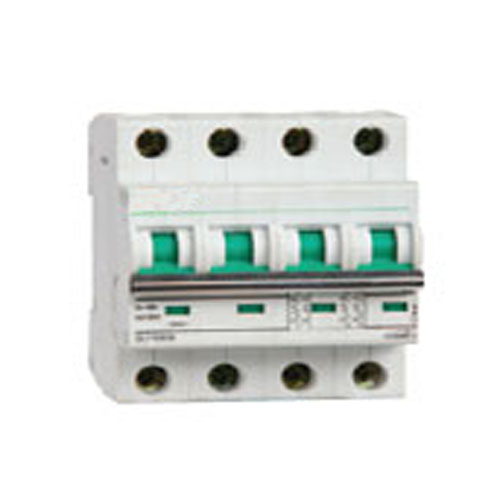An essential electrical component for guarding against overloads, short circuits, and other problems in electrical circuits is the air circuit breaker. ACBs employ air as the arc extinguishing medium, as opposed to conventional circuit breakers that use oil or other media. Enhanced safety, less maintenance, and environmental friendliness are just a few benefits of this design.

Important Elements and Functions
Arc Chute: One of the most important parts in charge of putting out the electric arc that occurs during a circuit disruption is the arc chute. It cools and deionizes the arc by making use of the surrounding air’s quenching qualities.
Tripping Mechanism: To guarantee a prompt reaction to problems, ACBs use a variety of tripping methods. These mechanisms, which are intended to identify particular fault types and trigger a trip signal, include thermal, magnetic, and electronic trip units.
Contacts: In the event of a malfunction, an ACB’s contacts are in charge of cutting off the current flow. These connections are made to withstand heavy electrical loads and guarantee dependable circuit breaking and making.
Benefits
Air Circuit Breakers’ High Breaking Capacity: Because of their excellent breaking capacity, ACBs are a good choice for applications involving large electrical loads. Large fault currents can be successfully interrupted by them, shielding the electrical system from harm.
Modifiable Trip parameters: An ACB’s trip parameters can be changed to meet the unique needs of the electrical circuit. This adaptability guarantees that the AC breaker reacts suitably to various failure scenarios.
Ease of Maintenance: ACBs require less maintenance than oil circuit breakers. When there is no oil, there is no need for routine inspections and refueling, which lowers operating expenses and downtime.
Industrial Facilities: Air Circuit Breakers (ACCBs) are frequently utilized in industrial environments to safeguard intricate electrical systems that supply large machinery and equipment.

Commercial Buildings: Air circuit breakers are essential for protecting electrical distribution systems and averting any fire threats in commercial buildings.
Power Distribution Networks: ACBs like DC breaker are essential parts of these networks, guaranteeing a steady and secure supply of electricity to different end customers.





